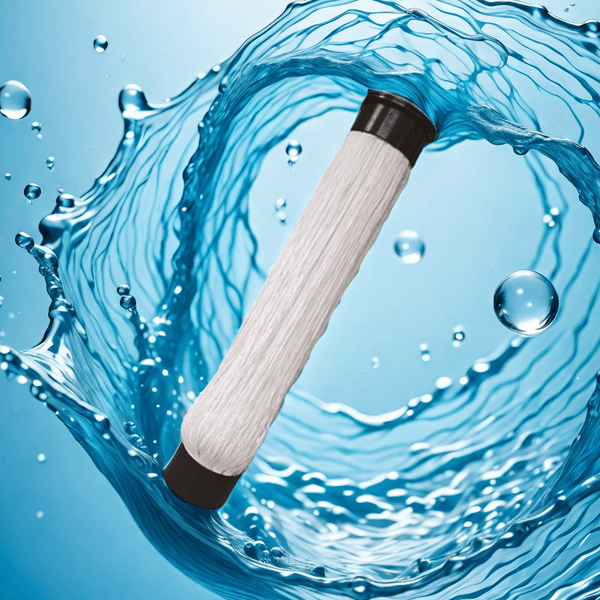Introduction to Integrated Wastewater Treatment Equipment
The introduction of integrated sewage treatment equipment is as follows:
1. Overview
Integrated sewage treatment equipment is a system that integrates multiple sewage treatment processes into one device, with characteristics such as high efficiency, energy conservation, and environmental protection. It can effectively remove pollutants such as organic matter, nitrogen, and phosphorus from wastewater through physical, chemical, and biological treatment processes, meeting the requirements of national discharge standards.
2. Main components
Grille room: Remove suspended particles and impurities of large particles to protect subsequent processing units.
Regulating tank: regulating water volume and homogenizing water quality to achieve a more uniform treatment effect for sewage.
Biological tank: It degrades organic matter and microorganisms in water, usually including anoxic tanks and contact oxidation tanks. Aerobic and anaerobic bacteria attach and grow here, and perform denitrification and phosphorus removal treatment on wastewater.
Sedimentation tank: separates activated sludge from clean water to clarify the treated water.
Disinfection treatment: Kill pathogenic microorganisms in water to ensure the hygiene and safety of the effluent.

3. Advantages
Strong resistance to impact loads: The average residence time of the contact oxidation method exceeds 6 hours, which can effectively handle impact loads.
Stable discharge level: less sludge production, stable effluent quality.
Easy to set: The device can be placed on the road or buried underground, and the buried device can increase the utilization rate of land area and is suitable for greening. Meanwhile, the device can be connected to the car for mobile processing.
Mechanical automation: The equipment adopts mechanical automation equipment, which operates stably and reliably, reducing the labor intensity and maintenance costs of operation and maintenance personnel.
Personalized customization: Different sewage treatment equipment can be customized based on the characteristics of wastewater, treatment capacity, concentration, composition, and size of wastewater.
Widely used: suitable for the treatment of domestic sewage and similar industrial organic wastewater in residential communities, factories and mining enterprises, hospitals, hotels, restaurants, schools, etc.
4. Working principle
The sewage is first intercepted by the grid and then enters the regulating tank for water quantity and quality regulation. Subsequently, the sewage is pumped to the anoxic tank and contact oxidation tank for biological treatment, and finally goes through sedimentation tank and disinfection treatment to meet the discharge standards.
5. Technical parameters
The main method for treating sewage with equipment is to use the contact oxidation method in biochemical treatment technology. The influent BOD is usually calculated at 200mg/L.
6. Scope of application
Integrated sewage treatment equipment is suitable for various fields, including residential communities, villages, office buildings, shopping malls, hotels, restaurants, hospitals, factories, mines, tourist attractions, etc. The wastewater treated by this equipment usually meets the Class 1B standard of the national comprehensive sewage treatment discharge standard.
7. Precautions
Before use, the equipment should undergo a detailed investigation of the surrounding environment and be installed reasonably to reduce noise and impact on appearance. For outdoor equipment, consideration should be given to issues such as plant shelter and rainwater collection.
